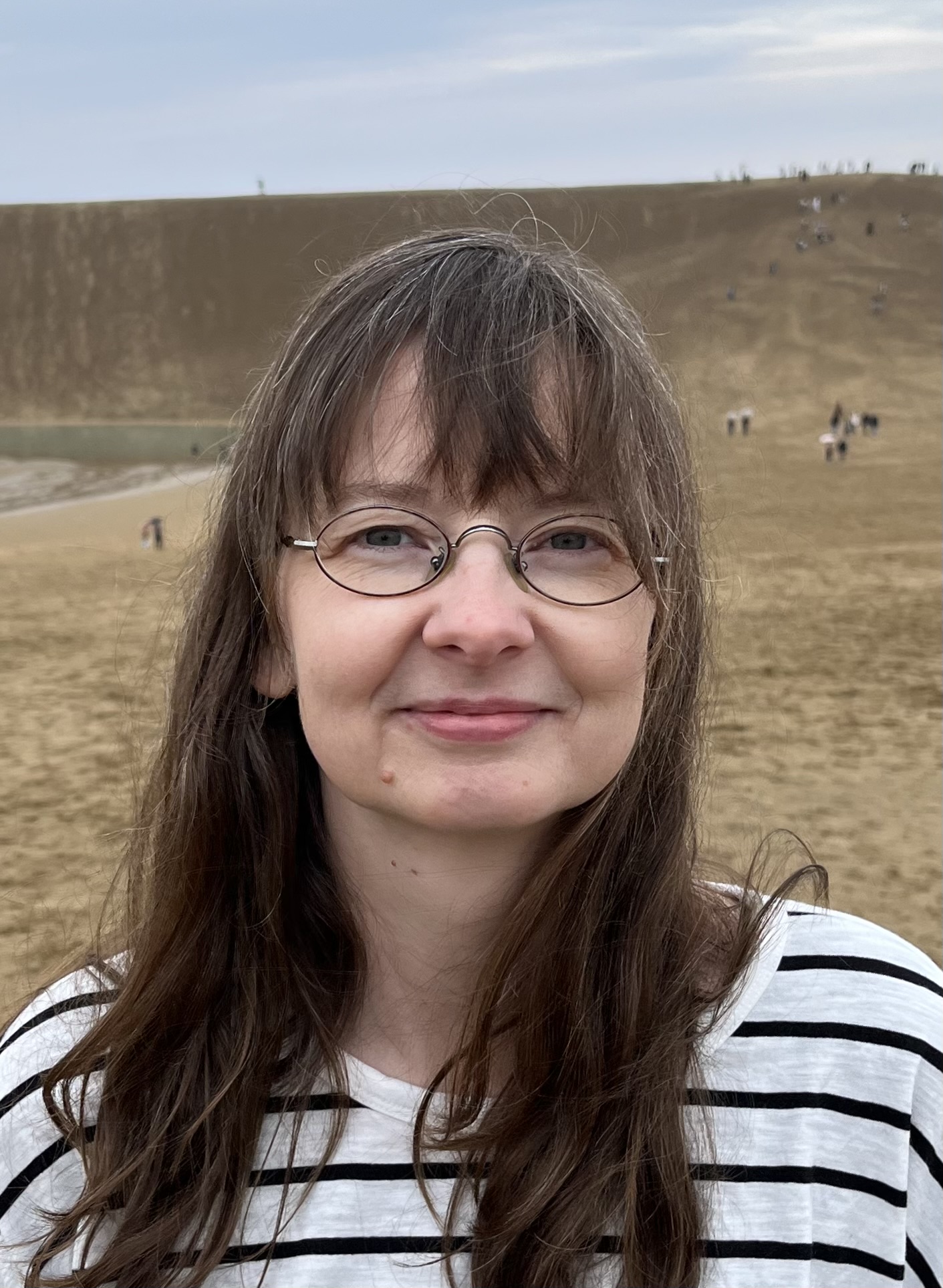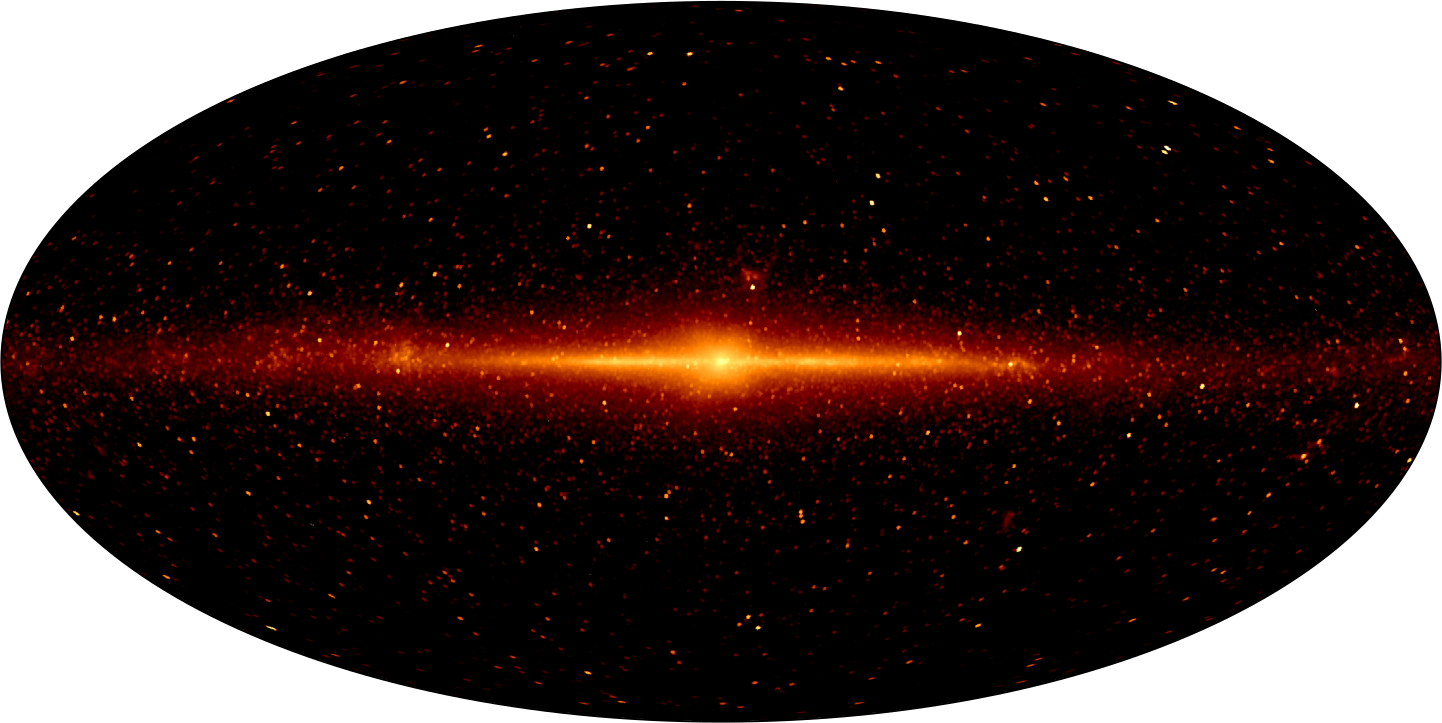
Two lessons learned from Planck was the importance of global analysis of instrumental, astrophysical and cosmological parameters as well as the usefulness of joint analysis of multiple datasets for component separation purposes. These lessons has been further developed into a coherent pipeline for global analysis of multiple datasets by BeyondPlanck and Cosmoglobe, which has been successfully applied to joint end-to-end analysis of raw data from WMAP and Planck LFI. The recent Cosmoglobe Data Release 2 generalizes this to the infrared spectrum, performing a reanalysis of the COBE-DIRBE raw data, supported by Planck HFI, WISE, Gaia and COBE-FIRAS. Expanding the upper frequency range of the Cosmoglobe Sky Model from 1 to 240 THz requires a drastically altered thermal dust model, as well as adding models for starlight, CII line emission and dynamical Zodical light emission. This global analysis leads to the strongest constraints on the cosmic infrared background (CIB) spectrum from DIRBE published to date. I will give an introduction to global analysis before presenting our latest results.
